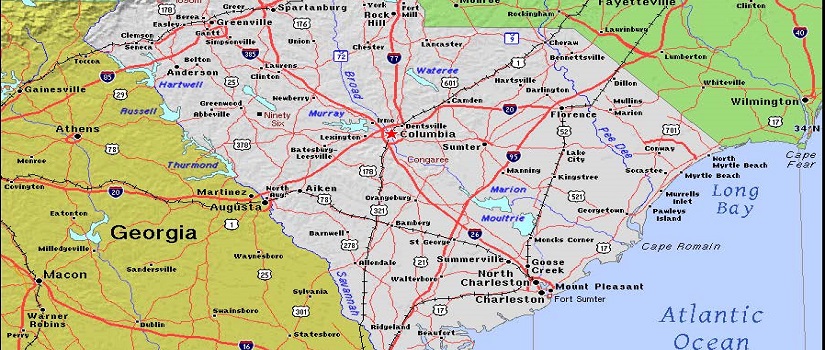Ongoing and Completed Studies
Principal Investigator: Swann Adams
Funding Source: National Cancer Institute, National Institutes of Health
Study Period: 9/19/14–9/18/16
We propose to apply geospatial methodologies in innovative ways to the problem of breast cancer disparities among African American women. This represents an area that has never to our knowledge been explored and has the potential to introduce a new paradigm in the conceptualization of minority cancer disparities. Considering this, we plan to examine breast cancer treatment and mortality patterns among a racially and geographically (urban vs. rural) cohort of women residing in South Carolina.
Principal Investigator: Jan Marie Eberth
Funding Source: US Centers for Disease Control and Prevention, South Carolina Department of Health and Environmental Control
Study Period: 9/26/14–6/30/16
The goal of this project is to make model-based small area estimates of smoking prevalence, cessation, secondhand smoke and policy adoption among South Carolina adults and their respective home/workplace environments. Specifically, we plan to utilize data from the 2014 SC Adult Tobacco Survey, supplemented with county-level data from sources such as the American Community Survey, to predict the prevalence of smoking (and other relevant outcomes) among adults in each county in SC.
Principal Investigator (project 4; Co-Investigator on all other projects): Jan Marie Eberth
Funding Source: Health Resource and Services Administration
Study Period: 9/1/14–8/15/15
Studies have shown that increased distance to the closest endoscopy provider is associated with lower screening utilization among Medicare enrollees. The purpose of this study is to examine urban vs. rural trends in the use of colonoscopy, and the availability of colonoscopy providers over time, in North and South Carolina using ambulatory surgery data. This study will inform workforce capacity building efforts and provide key insights into potential interventions to increase utilization of colonoscopy in rural areas.
